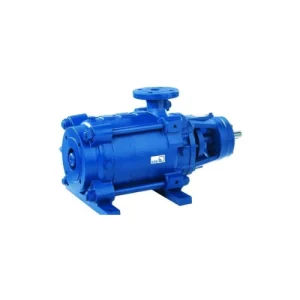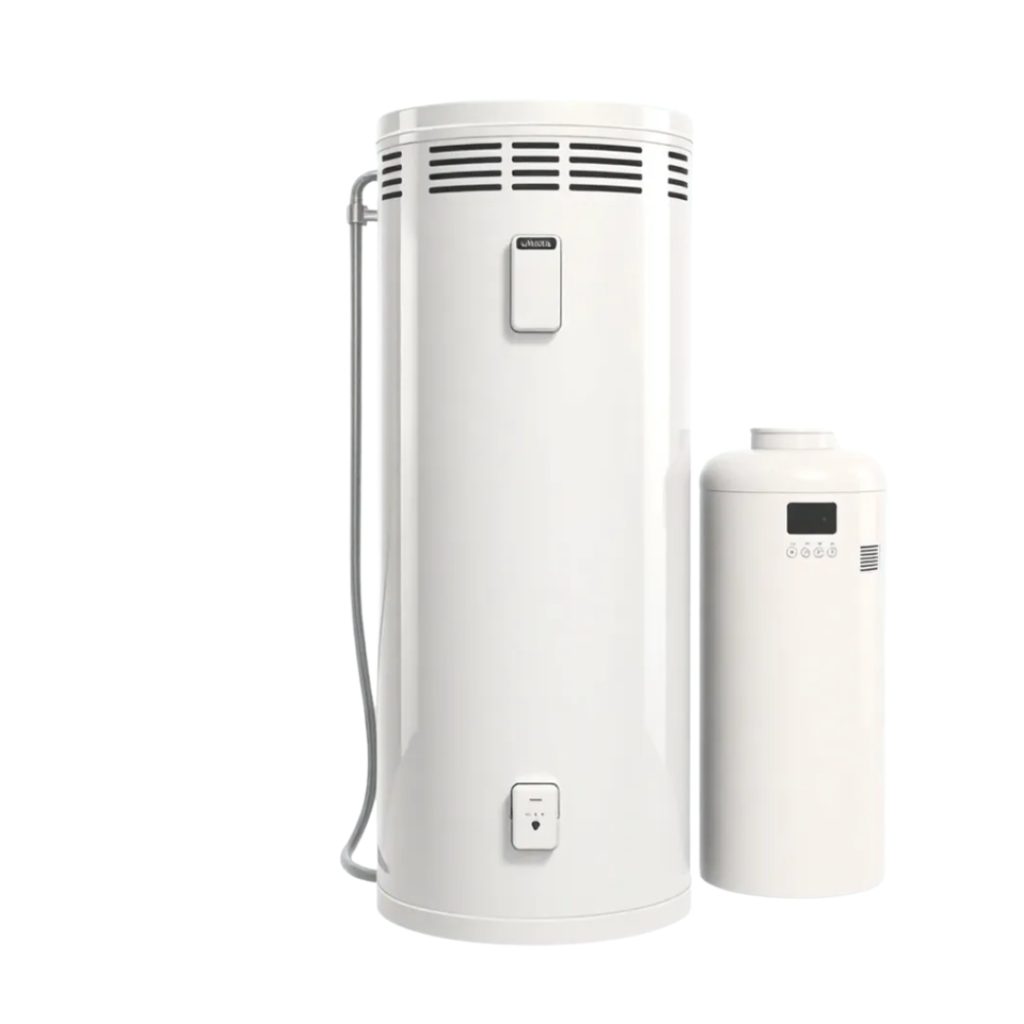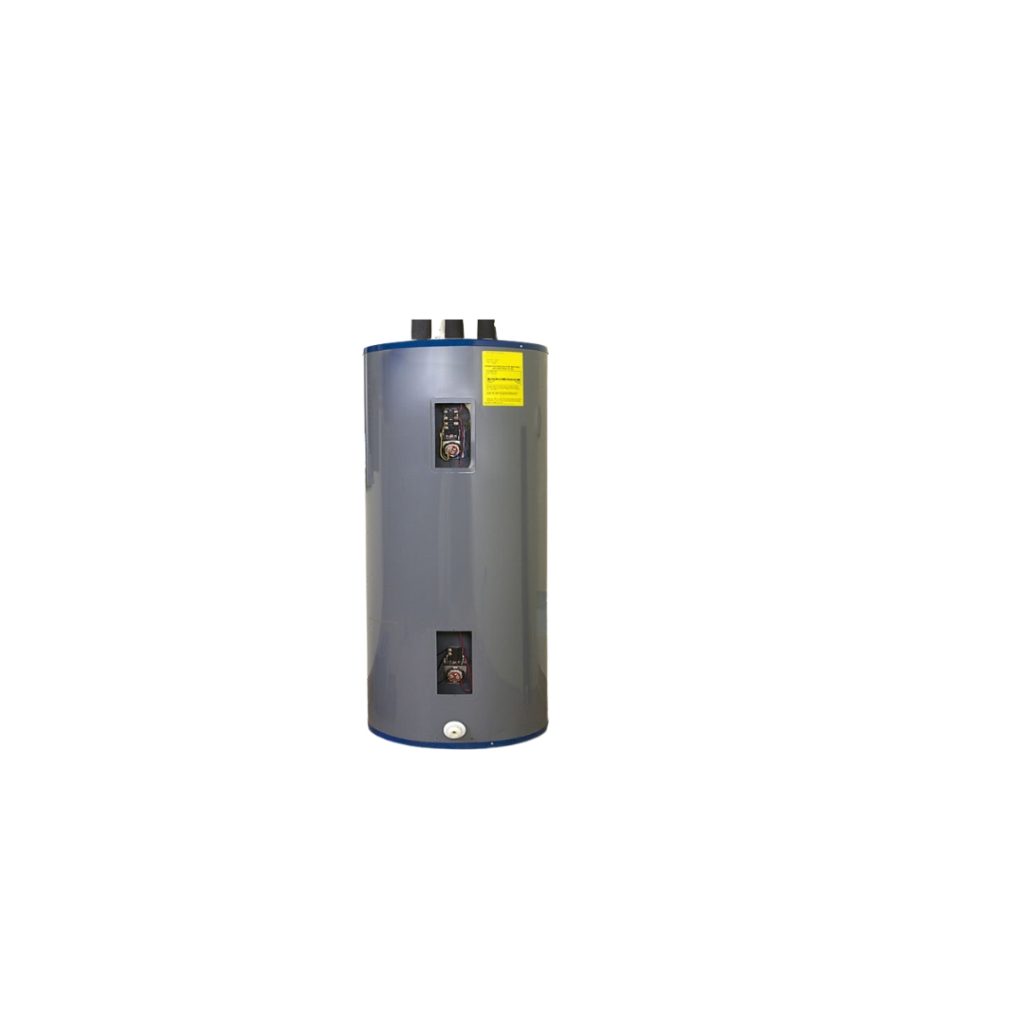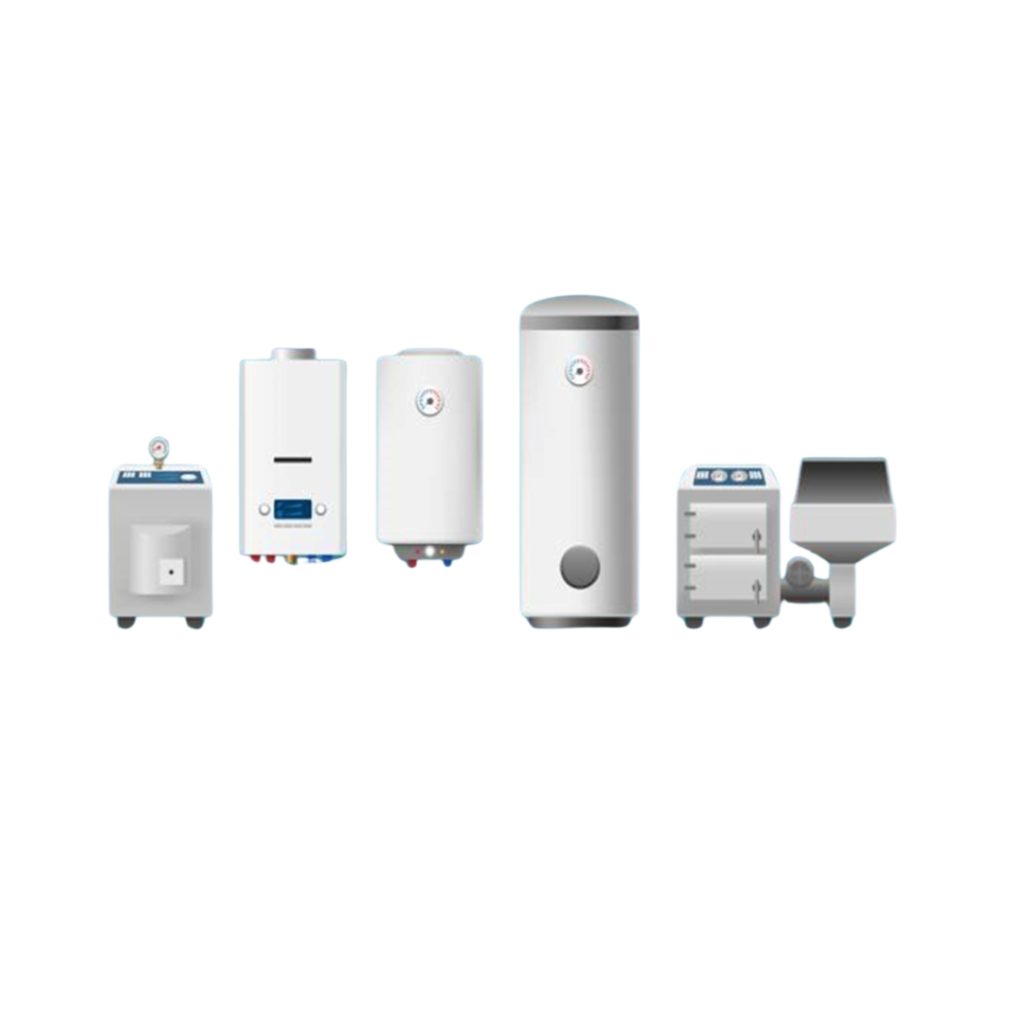
WORLDWIDE SHIPPING via DHL | Free Shipping above 200aed in UAE | Free Samples | Exceptional offerings since 2010 PROJECTS CERTIFICATE & ACHIVEMENTS IMPORT & EXPORT
WORLDWIDE SHIPPING via DHL | Free Shipping above 200aed in UAE | Free Samples | Exceptional offerings since 2010 PROJECTS CERTIFICATE & ACHIVEMENTS IMPORT & EXPORT
Best reliable Water Heaters. Our efficient energy models save money and reduce bills. Water Heaters is Easy to install and chose for fast heating and safety.

A water heater works by heating water for various household needs, such as showers, dishwashing, and laundry.
Tank water heaters store and heat a large amount of water in a tank, keeping it ready for use anytime. When you turn on the hot water tap, the heated water flows out, and cold water refills the tank to be heated again. Reliable and straightforward, these heaters use electricity or gas to keep your water warm all day. Perfect for families and daily needs, tank water heaters provide consistent hot water with easy installation and maintenance.
Tankless water heaters heat water instantly as it flows through the unit, providing an endless supply of hot water without the need for a storage tank. They save energy by heating water only when needed, making them eco-friendly and cost-effective. Compact and space-saving, tankless heaters are perfect for modern homes seeking efficient, on-demand hot water with smart controls and easy installation.
A water heater operates by heating water for various household needs, such as bathing, cooking, and cleaning. Here’s a simple overview of its functioning:

By understanding how a water heater works and its key features, you can make the most of this essential appliance in your home!

A water heater is an essential appliance that provides hot water for various household needs, such as bathing, cooking, and cleaning. It operates by heating water through various methods, including electric, gas, or solar energy. Choosing the right type and size of water heater can enhance energy efficiency, reduce utility bills, and ensure a consistent supply of hot water. Regular maintenance is crucial for optimal performance and longevity. Overall, a reliable water heater significantly contributes to comfort and convenience in daily life.
How to Install an Electric Water Heater?
Turn off the power at the breaker and shut off the water supply. Drain the old tank, disconnect plumbing and wiring, then position the new heater. Connect plumbing and electrical components, turn on the water supply to refill the tank, and restore power. Follow the manufacturer’s instructions for safety.
How Big of a Tankless Water Heater Do I Need?
Determine the required flow rate in gallons per minute (GPM) based on simultaneous usage. A household with two residents may need 6–8 GPM, while a family of four might require 8–10 GPM.
How Many Watts for a Water Heater?
Water heaters typically use 1,000 to 6,000 watts, with most electric models averaging around 4,500 watts.
How to Adjust Water Heater Temperature?
Locate the thermostat (usually behind a panel for electric heaters) and adjust the dial to your desired temperature (120°F to 140°F recommended). For gas heaters, use the control knob. Wait a few hours to check the temperature before making further adjustments, and ensure power is off when accessing internal components.
Your email address will not be published. Required fields are marked *